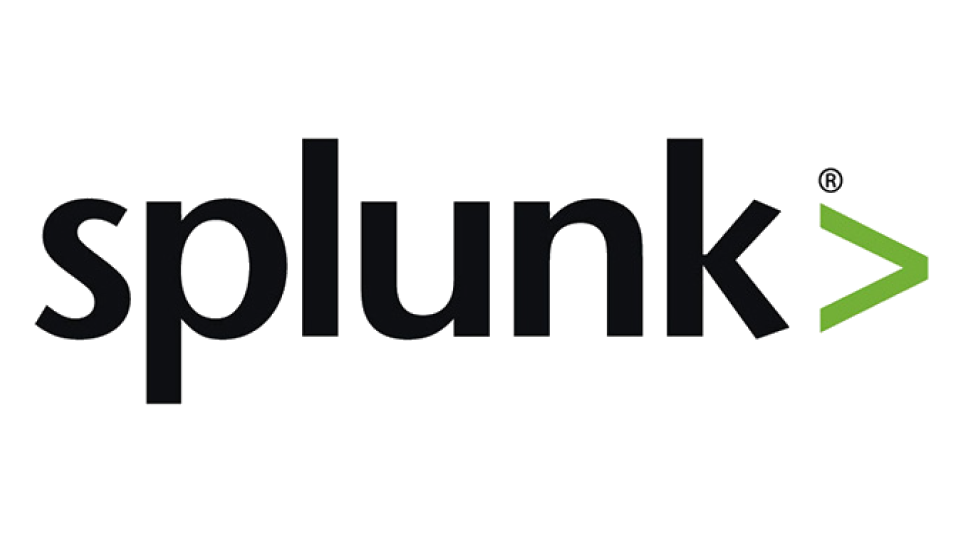Everything You Need To Know About UEBA Solutions
What Is User And Entity Behavior Analytics (UEBA)?
Cybercriminals are continuously finding new ways to evade traditional, perimeter-based security technologies such as firewalls, email gateways, and web gateways. These tools usually identify anomalous behavior using statistical analysis and user-defined correlation rules. While these methods are good at detecting known threats, they struggle to detect unknown or zero-day attacks and insider threats.
That’s where user and entity behavior analytics (UEBA) comes in.
UEBA is a type of cybersecurity solution that uses a combination of machine learning and deep learning algorithms, along with statistical analysis, to identify anomalous behavior amongst the users and entities (e.g., endpoints, routers, servers, hosts, applications, and data repositories) connected to a network. Anomalous behavior could be any instances where a user or entity is acting in deviation of a “normal” baseline, such as someone logging in from an unusual location, requesting access to apps they wouldn’t normally use, or downloading more files than normal, or a server receiving far more requests than usual. This kind of behavior could indicate that an entity or a user’s account has been compromised, so, when the UEBA solution detects it, it alerts the IT or security team so they can investigate the activity and remediate anything malicious. Some UEBA solutions also offer automated remediation actions for certain alerts, such as logging users out of their accounts when suspicious activity is detected.
UEBA is an evolution of earlier “UBA” solutions, which focused solely on user behavior analytics. One of the main drivers of this evolution was the introduction of Internet of Things (IoT) devices to the workplace. IoT devices are notoriously difficult to secure, making them a popular target for cybercriminals, and they generate huge amounts of data. By expanding their analyses across entities other than users, UEBA solutions can detect complex attacks across the entire network—including network components, cloud assets, endpoints, and IoT devices.
How Do UEBA Solutions Work?
Once installed, UEBA solutions collect data from across the network to establish a baseline of normal behavior for all the users and entities on that network. Once the solution has established this baseline, it can start analyzing the data it collects, comparing real-time activity to the baseline to identify any anomalous—and potentially malicious—behavior. UEBA solutions usually allow a certain level of deviation from the baseline, but once that deviation becomes too great, the solution alerts the IT or security team.
For this to work, UEBA tools are made up of three main components:
- A UEBA solution uses data analytics to build a profile of each user and entity’s “normal” behavior. It then continuously monitors user and entity behavior and applies statistical models and machine learning algorithms to identify anomalous activities.
- UEBA tools integrate data from a wide range of sources, including systems logs, packet capture data, and information fed into them from other security tools. This allows the UEBA tool to compare data from each source so it can more accurately detect abnormal activity.
- The UEBA tool presents its findings to the IT or security team. This could involve sending an alert that recommends further investigation, or it could involve the UEBA tool taking automatic action to remediate the threat, such as shutting down a user’s network connectivity.
What Do You Need A UEBA Solution?
Traditional, perimeter-based security tools are no longer able to prevent organizations against today’s most sophisticated cyberthreats, such as zero-day attacks and insider threats. Cybercriminals are increasingly finding new ways to evade these technologies, most often using social engineering and account compromise attacks. These kinds of attack can be incredibly difficult to detect, as they don’t involve an attack on a system, but instead directly target users, so the only way to spot them is by closely examining users’ behavior for anything that might suggest they aren’t who they say they are. Additionally, threat actors are increasingly targeting vulnerable BYOS and IoT devices connected to a network—both of which can be difficult to protect using traditional security tools.
To fill this gap in security, two main types of solution have emerged: extended detection and response (XDR), and user and entity behavior analytics.
By focusing on user and entity behaviors, UEBA solutions can detect even the smallest indicators that a user’s account or network component has been compromised. By detecting these types of breaches early, they can help prevent data loss, system corruption, and financial loss.
As well as enabling organizations to detect more sophisticated threats, UEBA tools help reduce the burden on IT and security teams by automating the threat detection process, and facilitating faster incident response. This enables IT and security staff to spend less time trawling through system logs, and focus their energy on actually responding to threats.
This, in turn, leads to the final benefit of implementing a UEBA solution: a reduction in IT spend.


















